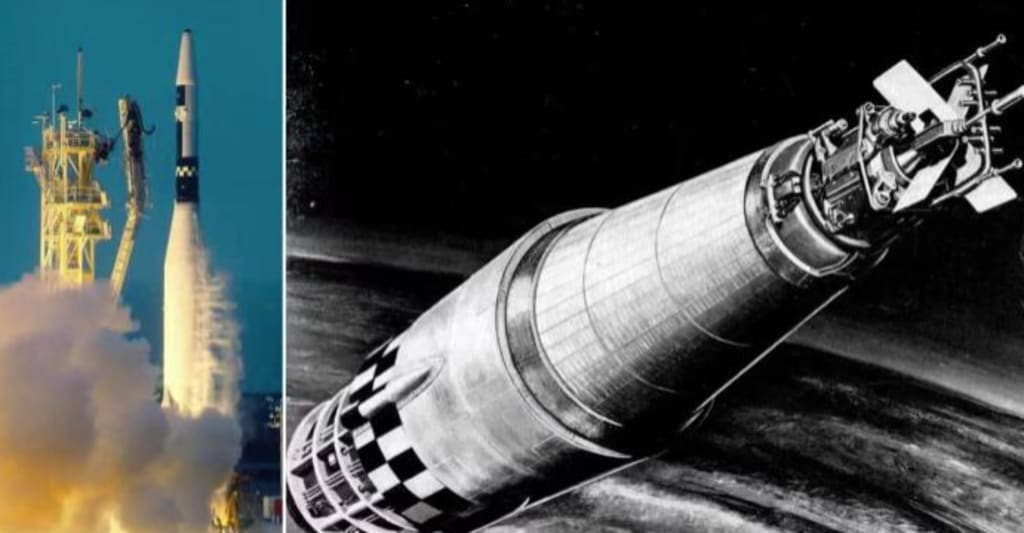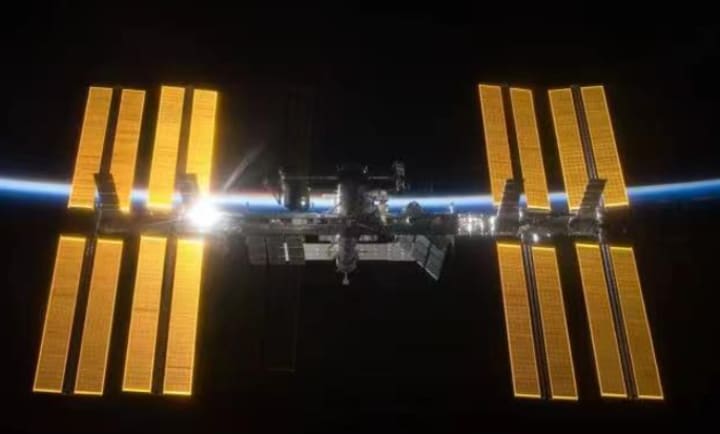
Recently, it was reported that China's research and development project of "Megawatt-class ultra-small liquid metal-cooled space nuclear reactor power supply" has passed the comprehensive performance evaluation of the project organized by the Ministry of Science and Technology.
In other words, the project has formed a set of innovative designs of megawatt-class lithium-cooled space nuclear reactor power supply with technical parameters at the international advanced level and built a non-nuclear integrated principle prototype of lithium-cooled space nuclear reactor, and the indicators have reached the forefront of similar devices in the world, or even the highest!
Seeing this, are you full of doubts in front of the screen? Megawatt-class lithium-cooled space nuclear reactor power is a thing? It sounds so powerful! This is a technology that even the United States has to the eye, the next let the author for you to explain in detail.
Since mankind learned the truth about the universe, it has never stopped exploring beyond the Earth. And when it comes to various probes, whether it's a lunar rover, a Mars rover, or a space station, what comes to mind is almost always the golden solar panels. All space exploration, it seems, must use solar power.
However, solar sail panels have limited efficiency in generating electricity, and to provide continuous power they can only be increased in size. But this is bound to be a heavy burden for spacecraft that require precious payloads accurate to the gram.
Take the International Space Station, whose huge solar sail panels total 262,400 modules, with a total area of 2,500 square meters and a single-sided array 73 meters long, more than the Boeing 777 wingspan. And, extremely dependent on sunlight generation of solar sails, away from the sun in the deep space exploration mission is a force to be reckoned with. But since solar power is not hard, what should we rely on to go to deep space?
As early as a few decades ago, scientists have answered! That is nuclear energy. Because as early as the arms race between the United States and the Soviet Union in the last century, they shrunk the nuclear reactor and built a nuclear-powered aircraft.
At the same time, nuclear energy was being used to provide electricity in the space sector. The most common nuclear power sources in space are radioactive isotopes (e.g., plutonium-238) heat/power sources, and nuclear reactor power sources. Both of these radioactive power sources produce electricity through decay exothermic conversion.
The U.S. Curiosity rover on Mars, for example, has a radioisotope battery in a white cylinder in a box on Curiosity's "butt". In addition, Change 3 on the Moon is also equipped with such radioisotope batteries, except that China uses plutonium-238 as the raw material.
But the power of radioisotope batteries is still too low to be able to provide sufficient power for a larger spacecraft like the space station. And it's the turn of nuclear reactor power to make a big difference.
Tracing the history of space nuclear reactor power, the early types are the U.S. SNAP-10A and the Soviet Union's BOOK and TOPAZ, of which the BOOK reactor is the most successful, using uranium-molybdenum fast reactor, with the electrical power of about 3 kilowatts, using liquid metal as coolant. Between 1970 and 1988, the Soviet Union launched 32 ocean surveillance satellites with BOOK.

After that, in 2015, in the United States, to consolidate its space hegemony, NASA also formally established a project to research the new generation of liquid metal-cooled space nuclear reactor "Kilo Power". Thus, it seems that the Soviet Union and Russia have simultaneously bet the future of space exploration missions on liquid metal reactors, which must be superior. So what is a liquid metal reactor?
The so-called liquid metal reactor is the use of liquid metal as a coolant. Because liquid metal has good thermal conductivity, no radiation expansion problems, and a simple core structure, it can operate at high temperatures and low pressures, thus greatly reducing the possibility of accidents.
In addition, the higher temperature of liquid metal allows for faster heat transfer and steam generation than water-cooled reactors. This allows them to have a higher power output than conventional nuclear power plants. As a result, they are smaller in size and weight for the same power output, so they were initially used on ships and submarines. Of course, liquid metal reactors are also suitable for space stations, such as the Kilo Power under development in the United States.
Kilo Power is fueled by a molybdenum-uranium (Mo) alloy consisting of 93 percent uranium 235 and 7 percent molybdenum. A passive heat pipe filled with liquid sodium transfers heat from the reactor core to one or more free-piston Stirling engines.
This engine then generates reciprocating motion to drive a linear generator, which in turn delivers kilowatt-level power. So do not look at its size as only the size of a paper basket, a few Kilo power can provide a space station with the required power supply. But compared to our country's development, megawatt-class lithium-cooled space nuclear reactor is still quite poor.
As you can see from the name, this is a liquid metal-cooled space nuclear reactor that uses liquid metal lithium as the coolant and will be able to generate 1 megawatt of electricity! According to NASA's estimates, this is enough to sustain the equivalent of 10 International Space Stations. This would provide energy for Chinese manned lunar landings, Mars exploration, and even science research stations on the surface of the planet.
And this is not the first time the project has been revealed, plus China has made great strides in aerospace in recent years, making the U.S. feel its space hegemony is threatened. It's no wonder that NASA's senior advisor for budget and finance, said at a previous government hearing, "Strategic competitors, including China, are aggressively investing in a wide range of space technologies, including nuclear power and propulsion. The United States needs to move quickly to remain competitive and maintain leadership in the global space community."
About the Creator
Brenzee
Those who love others will always be loved; those who respect others will always be respected.






Comments
There are no comments for this story
Be the first to respond and start the conversation.